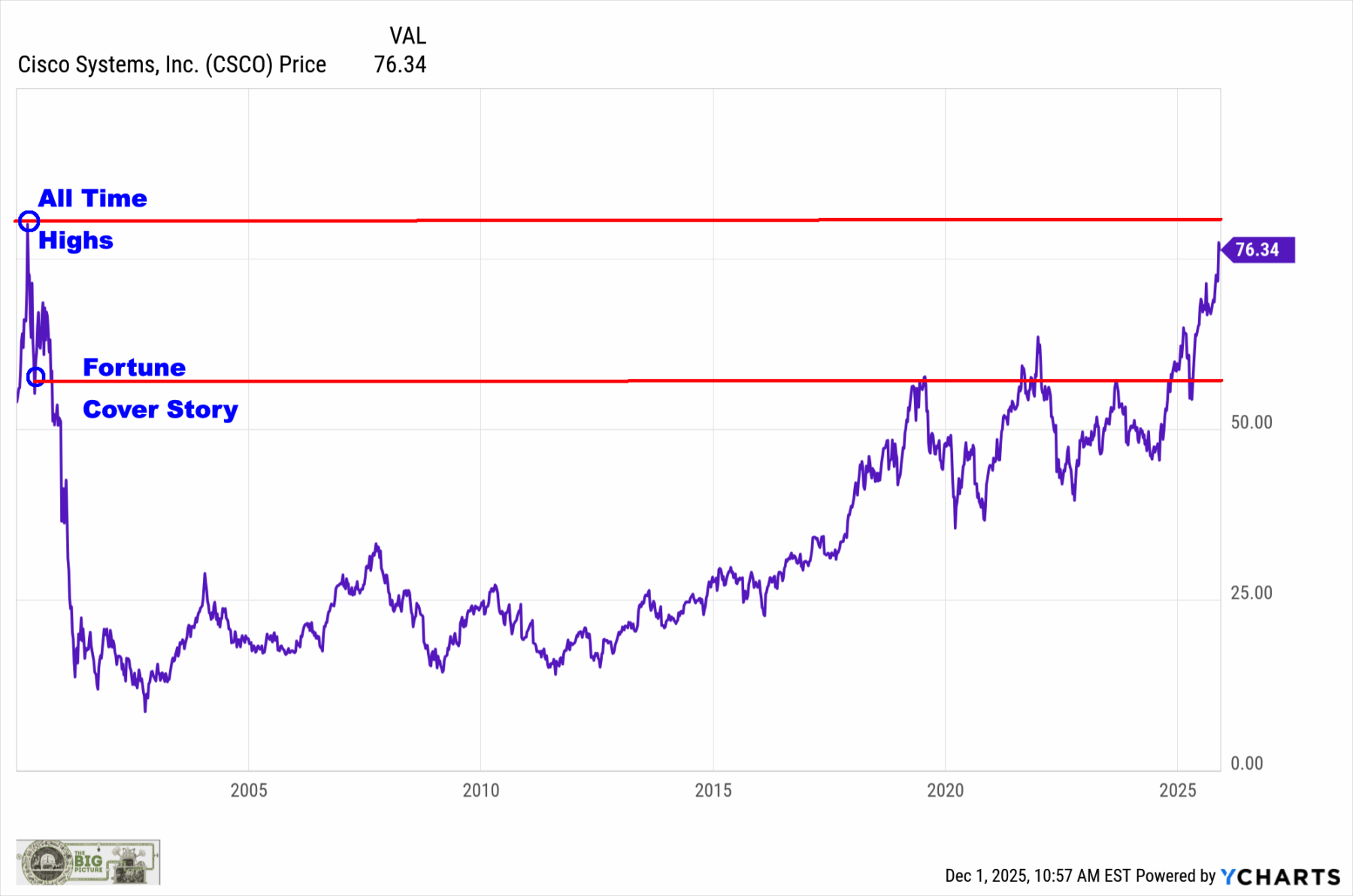No city epitomizes the strengths and weaknesses of the US economy more than San Francisco. The strengths are obvious; it’s a leader in the most important industry of the 21st century—artificial intelligence. But the weaknesses are just as obvious. Here’s Reason magazine:
In October 2022, San Francisco raised eyebrows when the city budgeted $1.7 million for a single-stall public restroom in the city’s Noe Valley neighborhood. The high price tag, according to city officials, was due to the steep price of construction in San Francisco, as well as remaining supply chain issues.
But the state stepped in shortly after, scrapping the planned bathroom after outrage spread over its high cost to taxpayers. Fifteen months later, the public plaza where the restroom was originally planned still doesn’t have a place to pee—and it doesn’t look like it will get one any time soon.
I read this article while on vacation in Tanzania, which has good quality toilets in its public parks. Why is a country with a per capita GDP of $1327 ($3595 PPP) better at building toilets than a city with a $144,600 per capita GDP? According to Reason, San Francisco cannot afford them.
Obviously, I’m not using “afford” literally, the city could certainly afford to build these toilets. Rather I am using “afford” in the conventional everyday sense of the term, as when I say I cannot afford to stay in a certain luxury hotel. Given the high cost, it doesn’t make sense. Even so, why does San Francisco face a situation where the price is so high that it’s not worth doing, when they have more than 100 times more resources than Tanzania?
I suspect that that answer is that Tanzania’s toilet building productivity is far more than 100 times higher than that of San Francisco. I suspect that Tanzania could build a perfectly fine single stall toilet for less than $17,000. But why is that? Isn’t it easier to build toilets than large language models?
Reason magazine suggests that the problem is a set of regulations, such as rules requiring approval from busybody design experts and radical environmentalists, and mandating the use of union labor:
San Francisco has the most expensive construction costs in the world—and it’s hardly surprising. In order to build a public bathroom in Noe Valley, at a location that already had the necessary plumbing to add a restroom, builders would have to pass a dizzying number of regulatory stops. These include seeking approval from the Arts Commission’s Civic Design Review committee, passing review under the California Environmental Quality Act, and getting the go-ahead from the city’s Rec and Park Commission and San Francisco’s Board of Supervisors. If that isn’t enough, the project would also be subject to a period of “community feedback.”
Even after gaining approval, the city wouldn’t be free to simply find the cheapest acceptable bathroom—likely a pre-fabricated option—and connect it to city plumbing. According to a 2022 San Francisco Chronicle article, pre-fabricated bathrooms violate the city’s Public Labor Agreement. Adding to costs, the city would also be required to use union labor to construct the bathroom.
In contrast, the construction of LLMs is largely free of city regulation.
The toilet example may seem rather trivial, but it is indicative of a much larger problem. The same sort of regulations apply to housing—America’s most important industry, which is just another way of saying the industry that has the greatest effect on living standards.
This is America in a microcosm. When free of intrusive regulation, we are the most productive society in human history. But in heavily regulated sectors we are often unable to rise to the level of third world countries like Tanzania. It would be nice to have a place to pee while we await the arrival of our future AI overlords.
















